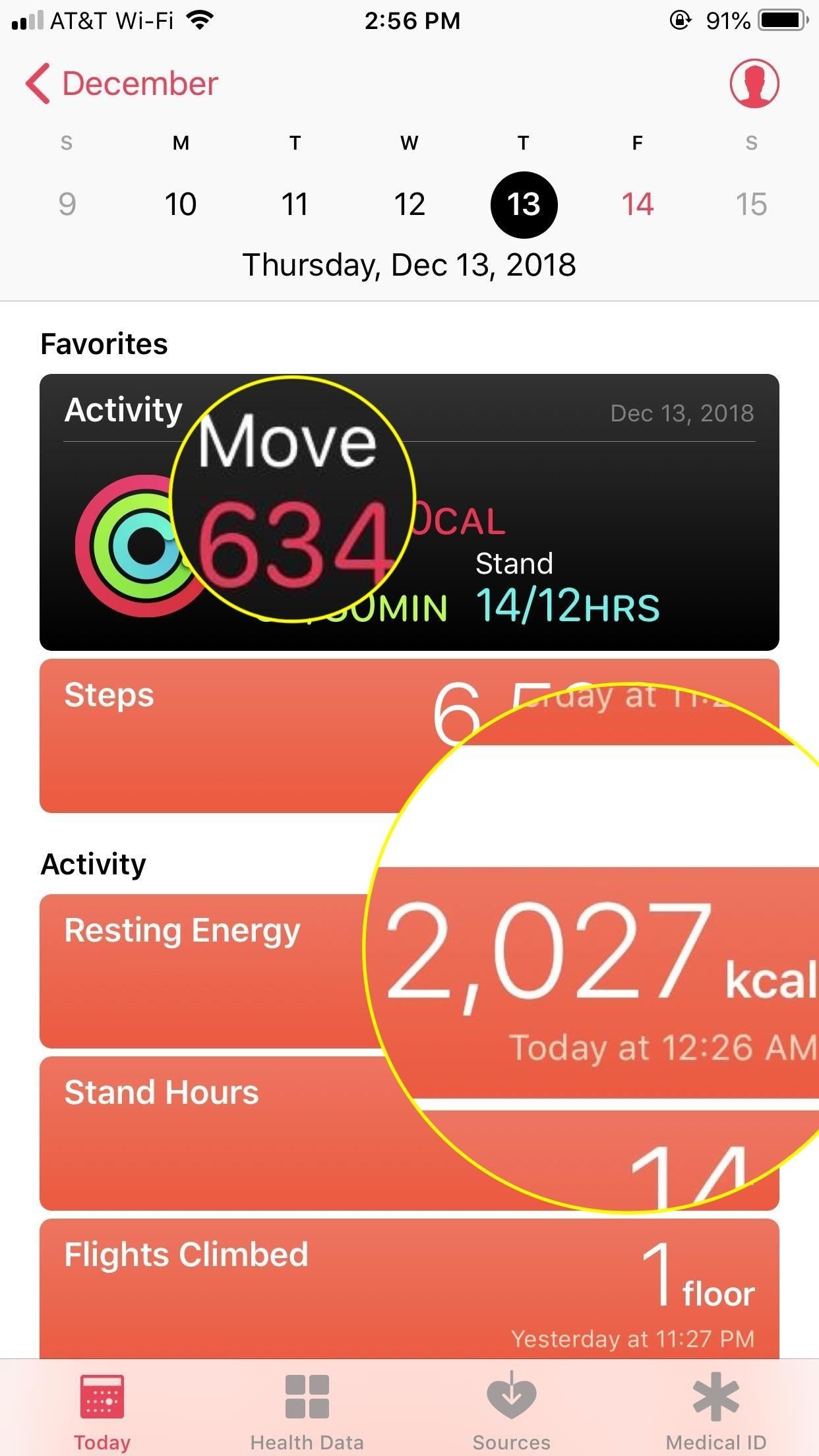

the calories you burn at rest, and that's why you'll always start the day with some calories burned.įitbit says its calorie burn estimates are based on your personal BMR, activity tracked by your device's accelerometer and manually entered activity. It says this accounts for half the calories you burn in a day i.e. It takes your personal data on age, gender, height and weight and uses this to estimate your BMR – basal metabolic rate. So, for instance, Fitbit has posted a (sort of) explanation of how it calculates this. Read this: You running watch stats explained Based on those estimates, you might make decisions such as what to eat, drink or not eat or drink. Then they use their secret sauce algorithms, which differ from company to company, to give you the actual, running total of calories burned i.e. How calorie tracking works right nowĮssentially, fitness trackers currently take information from sensors like the accelerometer, which tracks your movement. Now there has been question marks over the reliability of how accurate fitness trackers are at providing estimated calorie burned data, so we've broken down how wearables currently deal with all things calorie related and look at how things could get better with wearables in the future. Along with following a sensible diet, monitoring this information can be really beneficial in the quest to lose weight.Įssential reading: How your fitness tracker can actually get you fit Whether that's hitting a spin class, going for a run or just walking down to the shops. In the case of most fitness trackers, they're offering a way of calculating energy expenditure from physical activities recorded with your device. When we're talking calories burned, the body burns calories through digestion, maintaining basic body functions and physical activity.

If you own a fitness tracker, then it's pretty likely that along with information on step counts and distance covered, your wearable is also dishing out data on estimated calories burned.


 0 kommentar(er)
0 kommentar(er)
